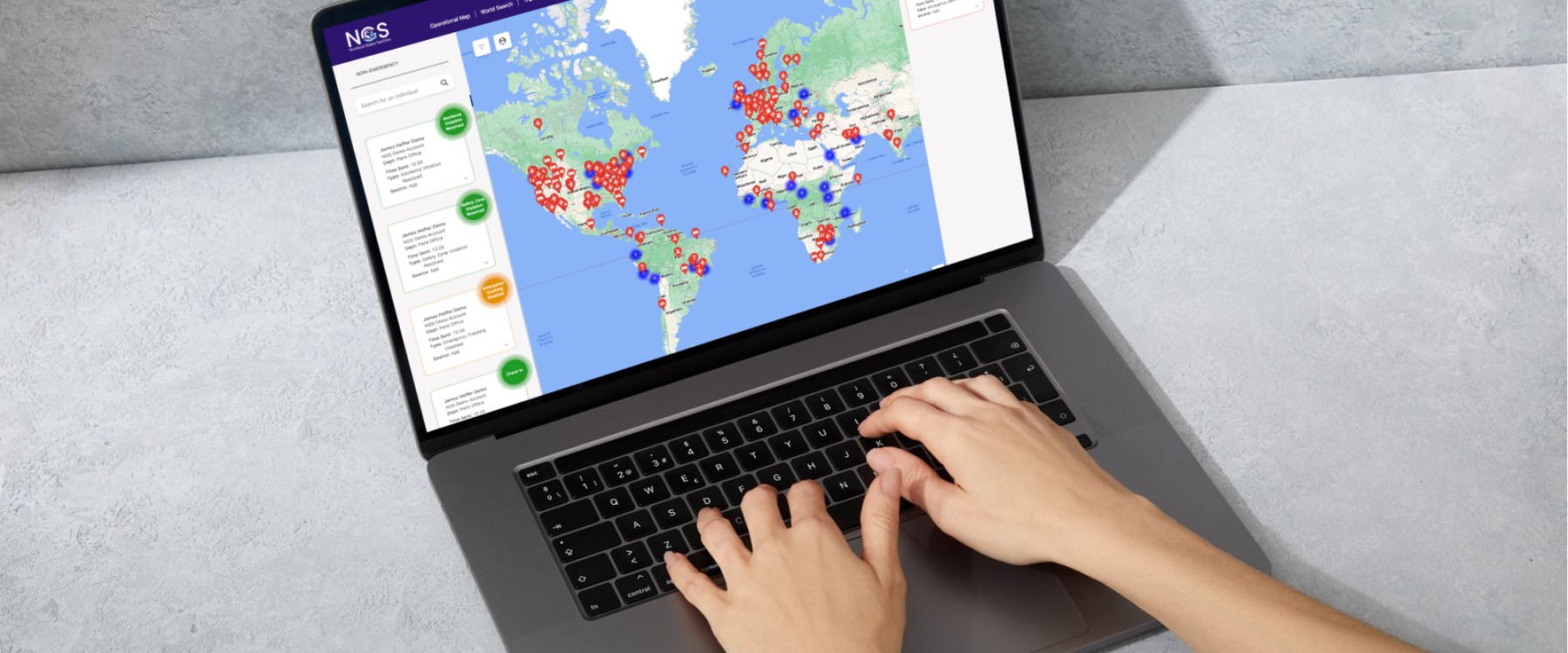In today’s fast-paced business environment, understanding and implementing robust risk control measures is crucial for maintaining stability and ensuring long-term success. This comprehensive guide will walk you through the essential strategies and best practices for effective risk control, helping you safeguard your operations and make informed decisions.
It’s the process of identifying, assessing, and mitigating risks that could potentially impact your business operations. It involves implementing measures to minimise the adverse effects of risks, ensuring the stability and continuity of your business. By understanding the core concepts of risk control, you can better prepare for and respond to unforeseen events, safeguarding your assets and personnel.
While both are often used interchangeably, they refer to distinct processes. Risk management is a broader discipline encompassing the identification, assessment, and prioritisation of risks followed by coordinated efforts to minimise, monitor, and control the probability or impact of unfortunate events. On the other hand, risk control specifically focuses on the implementation of measures to reduce or eliminate identified risks. Essentially, risk control is a subset of the broader risk management process, dealing directly with the actions taken to mitigate risk.

Effective risk control strategies are crucial for protecting your organisation’s financial health. By identifying potential risks early and implementing appropriate measures, you can prevent costly incidents and minimise financial losses. This proactive approach not only saves money but also preserves your business’s reputation and stakeholder confidence.
Implementing robust measures can lead to significant improvements in operational efficiency. By anticipating and mitigating risks, you can avoid disruptions that hamper productivity. This ensures smooth business operations, allowing your team to focus on achieving organisational goals without unexpected setbacks.
Risk control is essential for ensuring your business complies with relevant laws and regulations. By adhering to industry standards and legal requirements, you avoid penalties and legal issues that could arise from non-compliance. This not only protects your business from financial repercussions but also enhances your reputation as a responsible and ethical organisation.
By integrating these risk control strategies into your daily operations, you create a safer, more efficient, and compliant business environment, positioning yourself for long-term success.

Effective risk control begins with a thorough risk assessment. This process involves systematically identifying and analysing potential hazards that could impact your business operations. By understanding these risks, you can develop strategies to mitigate them before they materialise.
Utilising tools such as SWOT analysis, hazard identification checklists, and risk matrices can streamline the risk identification process. These techniques help in uncovering hidden threats and assessing their potential impact on your business, ensuring no stone is left unturned.
Once risks are identified, the next step is evaluation. This involves assessing the severity and likelihood of each risk. Techniques like qualitative risk analysis and quantitative risk assessment can provide valuable insights into the potential consequences and probabilities of risks.
Not all risks are created equal. Prioritise risks based on their potential impact and probability. Focus on addressing high-impact, high-probability risks first. This strategic approach ensures that you allocate resources efficiently and effectively, minimising potential disruptions to your business.

Administrative controls include policies, procedures, and training programs designed to manage risk. These controls are essential for establishing a culture of safety and ensuring that employees are aware of and adhere to best practices.
Engineering controls involve making physical changes to the workplace to reduce or eliminate hazards. This can include installing safety equipment, redesigning workflows, or implementing barriers to protect employees from potential dangers.
PPE is a critical component of risk control, providing a last line of defence against hazards. Ensure that appropriate PPE is available, properly maintained, and that employees are trained in its correct use.
Emergency preparedness plans are vital for responding to unexpected incidents. These plans should outline procedures for evacuation, communication, and continuity of operations, ensuring that your business can quickly recover from disruptions.

Regular risk audits are essential for maintaining an effective risk control system. These audits help in identifying any gaps in current controls and provide an opportunity to update and improve them.
Risk control is an ongoing process. Continuously update and refine control measures based on new information and changing circumstances. This proactive approach ensures that your risk management strategies remain relevant and effective.
Foster a culture of continuous improvement by encouraging feedback and learning from past experiences. Implementing lessons learned from incidents and near-misses can significantly enhance your risk control efforts, ensuring a safer and more resilient business environment.

In today’s dynamic business environment, cultivating a risk-aware culture is vital for organisational success. Start with comprehensive training and awareness programs that educate employees about potential risks and their roles in mitigating them. Regular workshops, seminars, and e-learning modules can ensure everyone understands the importance of risk control and how to apply it in their daily tasks. Training helps build a knowledgeable workforce ready to tackle risks proactively.
Engage your workforce by encouraging active participation in risk management. Create channels for employees to report potential risks and provide feedback on current risk control measures. This not only helps identify overlooked hazards but also fosters a sense of ownership and responsibility among staff, enhancing the overall effectiveness of your risk control strategies. A collaborative approach ensures diverse perspectives in identifying and managing risks.

Leveraging advanced risk management software can significantly enhance your organisation’s risk control processes. These tools help in identifying, analysing, and monitoring risks efficiently. By integrating such software, you ensure real-time tracking of potential threats, thus enabling swift and informed decision-making. Automation tasks reduces human error and increases consistency in risk management efforts.
Data analytics and predictive modelling are powerful tools for proactive risk management. By analysing historical data and identifying patterns, you can predict potential risks and take preventive measures. This technology-driven approach not only enhances the accuracy of risk assessments but also optimises resource allocation for risk mitigation efforts. Predictive insights allow for strategic planning and timely interventions.
In the financial sector, risk control is paramount due to the high stakes involved. One notable example is a leading bank that implemented a robust risk management framework incorporating real-time data analytics and stringent compliance measures. This proactive approach helped the bank significantly reduce fraudulent activities and improve its overall financial stability. The case highlights the importance of integrating technology with traditional risk management practices.
The manufacturing industry also provides excellent examples of successful risk control. A prominent manufacturing company adopted comprehensive risk control measures, including regular safety audits, employee training, and the use of advanced monitoring technologies. These initiatives led to a marked decrease in workplace accidents and operational disruptions, showcasing the effectiveness of a well-integrated risk control strategy. The company’s approach underscores the value of continuous improvement and employee engagement in risk management.
By implementing these best practices, your organisation can create a resilient framework that not only safeguards against potential threats but also fosters a culture of continuous improvement and proactive risk management. Embrace these strategies to ensure long-term success and stability in your business operations.
Ongoing education is vital for staying ahead. Continuous learning keeps you updated with the latest industry practices, technological advancements, and regulatory changes. This proactive approach ensures that your risk control strategies remain effective and relevant, enabling you to anticipate and mitigate potential threats more efficiently.
To facilitate continuous learning, utilise a variety of resources. Online courses, webinars, and industry conferences are excellent for gaining new insights. Additionally, subscribing to industry journals, joining professional associations, and participating in online forums can provide valuable information and networking opportunities. Engaging with these resources helps you stay informed and adapt to the evolving risk landscape.

Consulting a risk professional is crucial when facing complex or specialised risks. Professionals bring expertise and experience that can identify hidden threats and provide tailored solutions. Engage experts during significant organisational changes, compliance updates, or when developing new risk management strategies to ensure robust protection and compliance.
Finding the right expertise involves identifying professionals with relevant industry experience and a proven track record. Look for certifications, client testimonials, and case studies that demonstrate their capability. Networking through professional associations and attending industry events can also help you connect with qualified risk control experts.
At Northcott Global Solutions, we provide comprehensive risk management services to support your organisation. Our team of seasoned professionals offers tailored risk assessments, advanced risk control strategies, and continuous support to ensure your business is protected. Partner with us to enhance your risk control measures and secure your operational resilience.